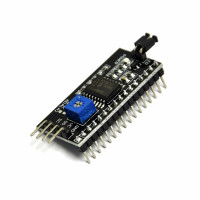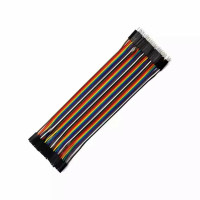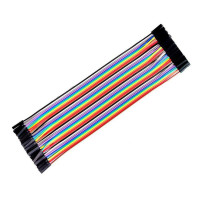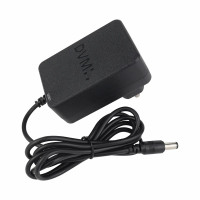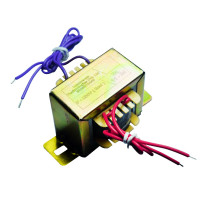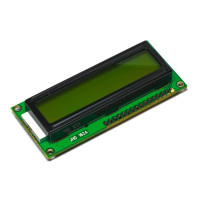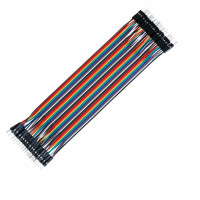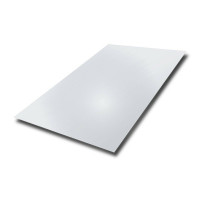Description
The Arduino Mega 2560
is a powerful microcontroller development board based on the ATmega2560
microcontroller. It is designed for applications requiring more I/O pins,
higher processing power, and expanded memory, making it ideal for complex
projects such as industrial automation, robotics, IoT systems, and large-scale
data processing.
The Mega 2560 features
54 digital I/O pins, 16 analog inputs, 4 hardware serial ports (UARTs), and a
large 256 KB flash memory, allowing developers to interface with multiple
sensors, displays, motors, and communication modules simultaneously.
It is widely used in
advanced embedded systems development, multi-device integration, and projects
requiring multiple serial communications or extensive memory usage.
2. Specifications
Microcontroller
& Board
- Microcontroller: ATmega2560
- Operating Voltage: 5V
- Input Voltage (recommended): 7-12V
- Input Voltage (limits): 6-20V
- Clock Speed: 16 MHz
Memory
- Flash Memory: 256 KB (8 KB used by
bootloader)
- SRAM: 8 KB
- EEPROM: 4 KB
Input & Output
- Digital I/O Pins: 54 (15 PWM outputs)
- Analog Input Pins: 16
- DC Current per I/O Pin: 20 mA
- DC Current for 3.3V Pin: 50 mA
Connectivity &
Communication
- USB Interface: USB-B (for programming
& power)
- Hardware Serial Ports (UART): 4
- Communication Protocols:
- UART (Serial Communication)
- I2C (for sensors, LCD, and peripherals)
- SPI (for high-speed communication with
external devices)
- ICSP Header: Yes (for direct programming)
Power Supply &
Consumption
- Power Input Options:
- Barrel Jack (7V-12V)
- USB (5V from PC or adapter)
- Vin & GND Pins (for external power
source)
- Onboard Voltage Regulators: 5V, 3.3V
output for peripherals
- Current Consumption: Approx. 70-80 mA
(without additional modules)
Additional Features
- Built-in Reset Button
- Onboard LED Indicators:
- Power (PWR)
- TX/RX for Serial Communication
- User-configurable LED on Pin 13
3. Applications
1. Advanced Embedded
Systems Development
- Large-scale microcontroller applications
- Multi-sensor interfacing
- Research and prototyping
2. Industrial
Automation & Control
- PLC & HMI Communication (RS485, RS232
via adapters)
- Factory automation and robotics
- Smart monitoring systems
3. IoT & Smart
Systems
- Wi-Fi/Bluetooth integration for IoT
applications
- Cloud-based data logging
- Smart home automation
4. Robotics & Mechatronics
- Multi-servo and stepper motor control
- Autonomous robotic arms and vehicles
- UAV and drone control systems
5. Education &
Research
- Ideal for engineering students &
embedded system courses
- Teaching advanced microcontroller
programming
- Large-scale sensor integration experiments
6. Data Acquisition
& Processing
- Real-time temperature, pressure, and
humidity monitoring
- Environmental monitoring systems
- Multi-channel sensor data logging







